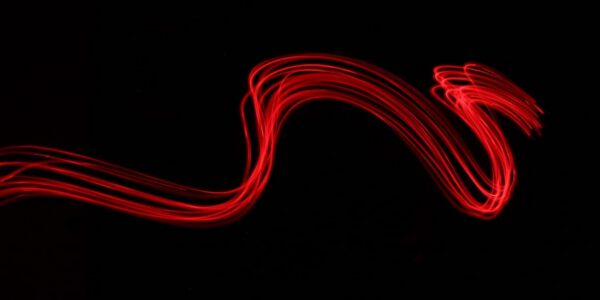Athletic performance isn’t just about how hard you train. It’s about how well your body recovers, adapts, and recharges between sessions. While many people turn to red light therapy for pain relief or injury recovery, there’s growing evidence that it can also play a proactive role in enhancing performance at every level.
Whether you’re a competitive athlete, a weekend warrior, or a wellness professional supporting others, understanding how red light therapy works can unlock new potential in strength, stamina, and recovery.
The Science: Light, Mitochondria, and Energy
Red and near-infrared (NIR) light therapy, also called photobiomodulation, works by delivering specific wavelengths of light deep into the body’s tissues. Once absorbed, these wavelengths stimulate the mitochondria, your cells’ energy-producing engines.
That stimulation leads to a cascade of benefits that directly support performance:
Increased ATP Production
ATP (adenosine triphosphate) is your body’s energy currency. More ATP means more available energy for your muscles to contract, recover, and grow. Study: Effect of Phototherapy on Muscle Performance
Improved Blood Flow and Oxygen Delivery
Light therapy promotes vasodilation, enhancing circulation. This helps deliver oxygen and nutrients to muscles during and after exertion, reducing fatigue and speeding up recovery. Study: PBM and Muscle Performance
Reduced Oxidative Stress and Inflammation
Exercise naturally produces free radicals, which can damage cells and slow progress. Red light therapy helps regulate inflammation and reduce oxidative stress, protecting cells and supporting consistent gains. Source: Antioxidant Effects of PBM
Real Performance Gains Backed by Research
Studies on red light therapy and athletic performance have shown meaningful improvements across a variety of metrics:
Strength & Endurance
One clinical review found that red light therapy applied before exercise led to increased muscle performance and reduced fatigue, particularly in strength-based activities. Source: Photomedicine and Laser Surgery
Recovery Time
Athletes using red light therapy after intense workouts reported less soreness and quicker recovery, which can improve training consistency and reduce injury risk.
Reduced Muscle Damage
A 2016 meta-analysis found that light therapy decreased creatine kinase levels, a marker of muscle damage, following resistance training. Source: Lasers in Medical Science
Who Can Benefit?
Red light therapy isn’t just for elite athletes. It’s being used across a wide range of sports, fitness, and wellness settings—from training rooms and physical therapy clinics to gyms and recovery lounges.
Ideal for:
- Anyone seeking to improve strength, endurance, or mobility
- Fitness and rehab professionals looking to enhance outcomes
- Wellness clinics aiming to offer cutting-edge recovery tools
The beauty of red light therapy is that it’s non-invasive, safe, and easy to integrate. Whether used as part of a warm-up, post-workout cooldown, or daily recovery routine, it empowers users to get more from every session without adding strain or risk.
Redefining Performance: From Reactive to Proactive
Too often, recovery tools are only used once injury strikes. Red light therapy shifts that mindset. Supporting the body before, during, and after training helps you stay ahead of fatigue, recover smarter, and perform more consistently.
At Aspen, we believe in tools that work with the body, not against it. That’s why our red light therapy beds and handheld systems are designed to promote regeneration, optimize energy, and elevate physical performance – all grounded in science.



